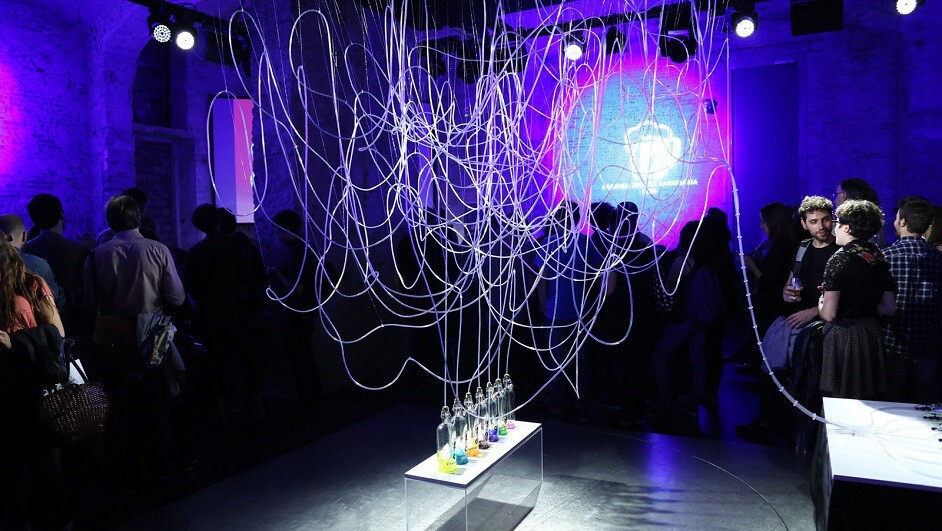Text by CLOT Magazine

ELISAVA is a centre specialising in design and engineering located in the center of Barcelona, close to Les Rambles, attached to the Pompeu Fabra University, one of the most prestigious universities in Barcelona and Europe. Promoting research, development and innovation in a multicultural environment has been, since its inception more than 50 years ago, at the core of ELISAVA.
With this in mind, in 1986 was founded Temes de Disseny a magazine to stimulate and foster reflection and debate among students, researchers, thinkers, and professionals working around the design culture. ‘Temes de Disseny answers the need to bring research initiatives that allow us to formulate new proposals regarding future expectation’, said Jordi Pericot in 1986. Said and done.
More than 30 years later and in 34 editions, Temes de Disseny has become a bridge between scientists, designers, artists, and other disciplines and has evolved from a local framework to an international readership. With the 34th edition, Temes de Disseny entered a new stage under the guidance of the emerging ELISAVA Research group. It has been transformed into an open-access scientific journal that not only plans to remain a point of reference in the field of design but also aims to address current social, environmental and economic challenges for design and engineering.
Each annual number explores a specific topic related to design and is chosen by the chief editors and the editorial board composed of a selection of local and international experts from different disciplines- and directed by a guest editor. ‘The editorial scope is to bring together knowledge generated by experts from multiple disciplines who study design from distinct points of view with originality and scientific rigour. It publishes peer-reviewed articles, welcomes local and international researchers’ proposals, and focuses on both theory and practice.
The journal is open to contributions in different formats, such as original research papers, case study papers, state-of-the-art papers, pictorials and others yet to come, the editorial team told us. Among the journal’s objectives and scope, we have placed special emphasis on including research through design due to its great potential as an integrating agent among disciplines and, at the same time, strengthening design as a research discipline that merits attaining the same value as any other discipline to become an area and a field of knowledge, Editors-in-chief Laura Clères and Oscar Tomico added.
The next number, entitled Artificial Intelligence and emerging digital technologies as design material, is focused on artificial intelligence and design material. Ramón Sangüesa and Ariel Guersenzvaig are Guest Editors, two researchers with extensive experience and knowledge in the field that will bring fresh ideas and innovative points of view.
Ramon Sangüesa holds a PhD in Artificial Intelligence and Machine Learning, has more than 20 years of experience in research and teaching and is the founder and director of Equipocafeína, a platform for research and communication. And Ariel Guersenzvaig is a Designer, Professor and Researcher at ELISAVA.






